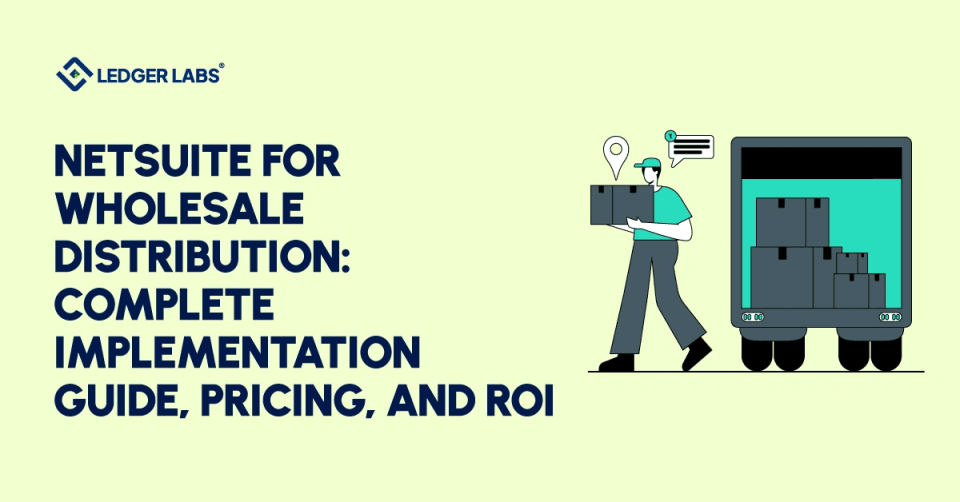1. Establish KPIs aligned with business goals to track efficiency, profitability, and growth, enabling data-driven decisions and continuous improvement for sustainable success.
2. Integrate financial metrics like revenue growth, profit margins, and cash flow to evaluate performance and plan strategically.
3. Operational KPIs such as inventory turnover and supply chain efficiency optimize processes and maximize profitability through effective cost management.
4. Use employee performance metrics, including productivity and retention rates, to align workforce initiatives with long-term business strategies and foster a more engaged, effective team.
5. Strategic planning with clear KPIs enhances accountability, providing measurable outcomes and enabling teams to adapt to evolving market demands.
Having an effective plan to take your business forward is one of the most important aspects.
When you have an outline, you know how to proceed. Out of the various planning that a company undertakes, the most significant is strategic planning, which helps owners to identify their vision and other stakeholders learn about the same.
Detecting the vision is a complicated affair as filtering from the number of purposes that a company has been established for and identifying the most vital one is quite difficult.
However, when businesses know of the Key Performance Indicators (KPIs) to assess before setting a goal, purpose, or vision, strategic planning becomes easy.
What Is A KPI?
A Key Performance Indicator (KPI) is a component that helps business owners plan and schedule everything to ensure they achieve their objectives within a logically and practically set deadline.
As it helps prepare an outline, you can easily track the performance and check how close you are to meeting your set targets and by when.
There are multiple strategic planning KPIs that businesses choose to make sure they assist them in monitoring their progress.
However, the ones that help them the most have a unit of measure that is expressive enough to let users track the growth and also learn how successful they have been to date in achieving their target. This way, the businesses know when to pace up their efforts to accomplish different tasks within the deadline.
KPI Anatomy
Besides giving a chance to measure progress, the KPIs can also have targets to match the measure and the schedule to achieve the objective.
Next, these indicators must have a clear data source with no confusion regarding the set target, the fixed period, or the measurement and tracking components involved.
The KPIs can have different reporting frequencies. However, the ones that are more frequently accessed and reported at least every month are preferred. So, measurement, target setting, data source, and reporting frequency are the factors that determine the anatomy of a KPI that businesses choose to use and assess for performance tracking.
KPI Types
Based on the field or set of people it analyses, a KPI can be of multiple types:
- Customer KPIs – No. of retained customers, percentage of market share, etc.
- Sales KPIs – No. of new contracts signed, qualified leads in the sales funnel, average conversion time, etc.
- Financial KPIs – Revenue growth, net profit margin, Earnings Before Interest, taxes, and Depreciation (EBITDA), etc
- Operational KPIs – Time to market, Order fulfillment time, etc.
- Marketing KPIs – monthly website traffic, conversion rate, etc.
The types and examples of the KPIs above show how the latter can help assess the progress of the business, and accordingly make businesses aware of how much more effort to put in to achieve the set targets within the scheduled time.
Vital Key Performance Indicators
Though there are a huge number of performance indicators to help businesses assess their pace in meeting their set goals, the most significant ones are as follows:
1. Working Capital
This is one of the major strategic planning KPIs that help business units to track their readily available resources. These include the most accessible capital, including cash, short-term investments, accounts, receivables, or anything that is about to make available some funds to be used by the businesses. In short, it is the KPI for the strategy department to consider to assess the financial health of a company or firm. When the working capital value decreases, it indicates the inefficiency of the strategies framed to achieve certain targets.
2. Debt-to-Equity Ratio
It is a widely used KPI for the planning department. As it lets businesses track the ratio of the financial liabilities they have to the shareholders’ equity. If the ratio is higher, it indicates that the business’s performance is not up to the mark. This is because the ratio is higher only when the value of the company’s debt is higher than its shareholders’ equity. Hence, this ratio helps assess the business status appropriately.
3. Operating Cash Flow
This KPI strategic planning gives an idea about the cash generated through the daily operational functions of a business. It, in short, exhibits the ability of a company to pay for the day-to-day operational needs that might emerge. Which include paying for materials or deliveries, etc.
4. Current Ratio
The current ratio is obtained by dividing the total assets by the total liabilities of a company. The higher the ratio, the better the business’s performance is. This is because the ratio would be higher only if the number of assets and their value are more than the financial liabilities that the business has to shoulder.
5. Customer Acquisition Cost to Lifetime Value
Customer Acquisition Cost (CAC) refers to the cost involved in implementing the sales and marketing strategies for acquiring a customer. In short, this is one of the KPIs for strategic planning that helps check. If the sales and marketing procedures adopted by a company are efficient. If not, the businesses can implement some other strategies to achieve the customer target. The lifetime value (LTV), on the contrary, is the amount of value that a particular customer adds to the business. The LTLV/CAC of 2 or 3 indicates that the business is making 100% profit and achieving its set targets successfully.
Some of the other KPIs for strategic planning include return on equity, inventory turnover, accounts receivables turnover, customer satisfaction, etc.
Final Words
Now that you know what the KPIs are and how they help you set your vision and work in accordance with that to achieve the set targets within the scheduled time. You must keep checking them from time to time. Watching out for these ratios and values would surely mean a better business based on a pre-defined framework that you prepare based on these indicators. If you want your business to run smoothly. Calculate the values and see what these KPIs indicate.
If recording, maintaining, and interpreting the KPIs seems too much to handle, we are here to help.
Our CFO professionals at Ledger Labs are always available to assist you in preparing financial statements and maintaining credentials to help your business and stakeholders make well-informed decisions.
Think we could be of help? Connect now!












